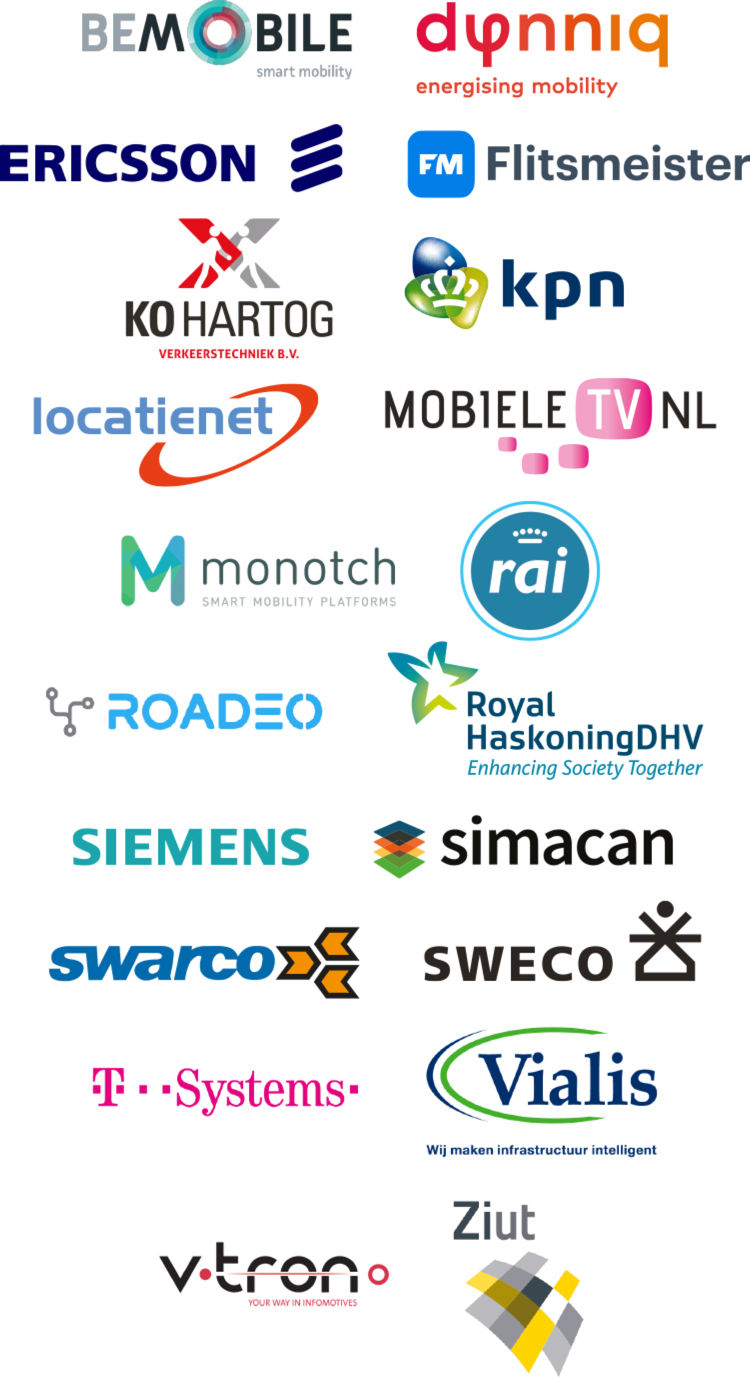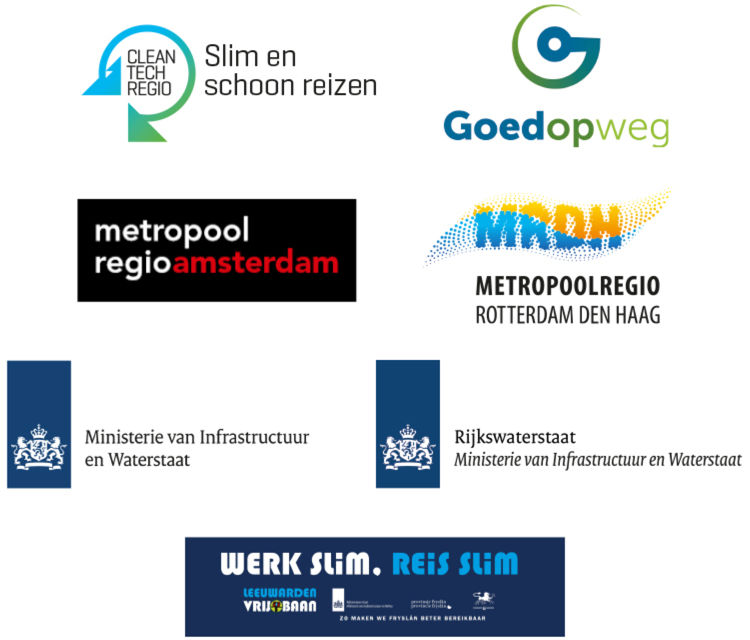The Partnership Talking Traffic develops easy-to-use services. However, behind the recommendations on the dashboard, navigation system or smartphone, there is a world of complex systems. Quality, reliability and safety are the top priorities. Against that background, together with the Partnership Talking Traffic, the Dutch Ministry of Infrastructure and Water Management (IenW) has drawn up a joint method for extensive testing of the various systems. The tests are identical for all parties, they all have to satisfy the same stringent requirements, and all tests are reproducible.
In three phases, all the partners test their products and services according to the same structure and method. In addition, an independent, external agency carries out random monitoring.
Cluster test
In phase one, the cluster test is carried out: each company tests its contribution in the laboratory, according to a step-by-step plan. The application for example receives data; the testers check whether their new service operates under all conditions. Errors are recorded and evaluated and the product is adapted for as long as it takes until the system functions according to the specified standard. ‘Wrong data’ are also deliberately used, to see what happens. Every system must have a so-called failsafe, a security system that is activated if something unexpectedly breaks down or fails.
Proof of Concept
Phase two is the Proof of Concept. In a laboratory setting, the various companies in the chain test their product, together. They link the components together to test whether they make contact and successfully communicate and cooperate with each other. Are the data transmitted by the information services still correct in the applications for mobile telephones? How quickly is information from a smart traffic control system received by an information service? And how fast does that information reach the end user, or road user?
Intercluster test
In phase three, the intercluster test, testing is carried out on location. Does the service and hence the entire chain also work in traffic? Do the data match what is actually happening on the road, and does an imaginary road user actually receive the relevant advice? Do the different systems contact one another, and do they communicate successfully, on location? Does a smart traffic light installation respond to the presence of road users and is this response reflected for the road user, on his mobile application?
Complexity
This test route was chosen because the subject matter is complex, and the technology complicated. At the same time, many different parties are involved, all of whom deliver their own specific expertise. They are required to combine their knowledge and ensure that their services contact and communicate with one another. Finally, there are many different components that have to be harmonised. Each company has its own specialisation and its own product or service. All these elements must function correctly, down to the last detail. They also have to function correctly as part of the total product. This testing method makes it possible to respond rapidly if unexpected problems are observed during one of the tests.
Independence
To secure and guarantee the reliability and quality of the tests, an independent organisation carries out random checks, in the same way as independent inspection bodies check products in other sectors. The Dutch company TASS International has been tasked with monitoring all tests, and reporting on their findings.
This method of testing and subsequent inspection is essential for the finished product. Government authorities, road users and all the partners must be able to blindly trust the reliability of the new systems from the Partnership Talking Traffic. Without thorough testing there can be no trust and without trust, the systems cannot be implemented in traffic.






